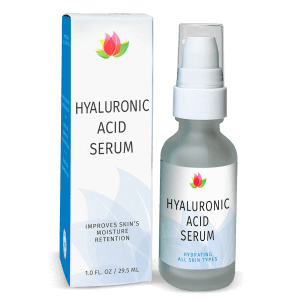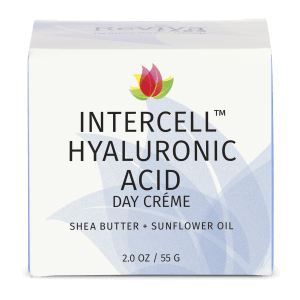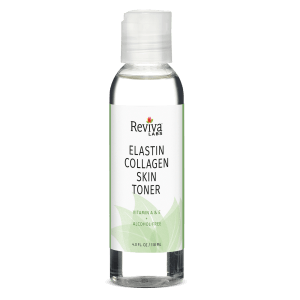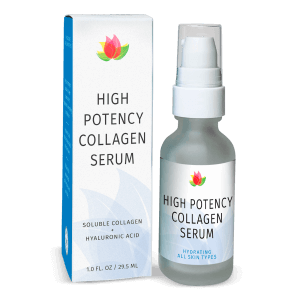Reviva Labs, Skin Care
The Skin Struggles of Autumn: Why Fall Isn’t as Gentle as It Seems on Your Skin
Autumn has a certain charm, doesn’t it? Golden leaves, cooler air, pumpkin-flavored everything—it’s the season of transition. But there’s another change that happens around this time, one you may not notice right away: the changes in your skin. As the weather shifts, so does our skin’s ability to adapt. Those crisp autumn days can leave us dealing with a variety of skin issues, some more noticeable than others. In fact, a recent survey showed that 55% of individuals notice a significant change in their skin as the seasons transition from summer to fall.
The shift from summer’s humidity to autumn’s cooler, dryer air brings its own set of challenges for our skin, leaving many of us struggling to maintain that healthy glow. And it’s not just about feeling a little dry. Autumn can exacerbate conditions like eczema, make acne flare up, and leave even the healthiest of complexions feeling a little less vibrant. But don’t worry—there are ways to manage it! Let’s get into the details of why your skin may be acting up this season and what you can do to keep it balanced and healthy.
Why Does Skin Change in Autumn?
The transition from summer to fall might seem subtle at first—a drop in temperature here, a little wind there—but it’s actually quite impactful for your skin. The shift in weather brings changes in humidity levels, sun exposure, and temperature, all of which can have adverse effects on the skin. One of the key reasons is the loss of moisture in the air. When humidity drops, so does your skin’s ability to retain hydration, which can lead to dryness, irritation, and even peeling.
During the summer months, your skin tends to produce more oil due to the higher temperatures and increased sweating. But when autumn rolls around, the cooler air signals your sebaceous glands to reduce oil production. While that might sound like a blessing to those prone to oily skin, it often leads to an unpleasant surprise—dry patches, rough texture, and an overall lackluster appearance. And for those who already have dry or sensitive skin, the transition can be even harsher.
One of the main culprits behind these changes is transepidermal water loss (TEWL). This is the process through which water evaporates from your skin’s surface, and it increases as the weather cools down. The drier the air, the more water is lost from your skin, and if you’re not taking steps to replenish that moisture, you can end up with compromised skin barriers.

The Classic Autumn Skin Woes
Dryness is probably the first issue that comes to mind when we think of seasonal skin changes, but it’s only the tip of the iceberg. Here’s a deeper look at the most common skin concerns that tend to crop up as the leaves begin to fall.
1. Dry, Flaky Skin
It’s a familiar scenario: you wake up one morning in October, and your once smooth skin feels tight and rough. That sudden onset of dry, flaky skin is a hallmark of autumn. As humidity drops, the air pulls moisture from your skin, leaving it parched. Heating systems—though a lifesaver in cooler months—also contribute to this problem by further reducing moisture levels indoors.
The outer layer of our skin, the stratum corneum, relies on both natural oils and water to stay intact and function as a protective barrier. In autumn, this layer becomes compromised, leading to that tight, uncomfortable feeling that many of us experience.
2. Eczema Flares
For those who struggle with eczema, autumn can feel like an uphill battle. Cooler weather often triggers flare-ups, with itchy, inflamed patches making an unwelcome return. Eczema-prone skin is particularly sensitive to temperature changes, and as the air becomes drier, it pulls moisture away from the skin, leaving it irritated.
The worst part? Even mild cases of eczema can become more severe during this time of year. That means it’s essential to be proactive with your skincare, keeping hydration levels high and protecting your skin from the elements as much as possible.
3. Acne and Breakouts
You might think that acne would calm down in cooler weather, but for many, it’s just the opposite. Autumn acne is real, and it’s frustrating. During the summer, our skin produces more oil, but as autumn arrives, the reduction in oil production can lead to an imbalance in your skin’s microbiome. This imbalance can make your skin more prone to breakouts, especially if you’re using heavier, oil-based moisturizers to combat the dryness.
Additionally, dead skin cells that accumulate from the dry air can clog pores, exacerbating acne. It’s a tricky situation—too little moisture leads to dryness, while too much moisture (from heavy creams) can clog pores and trigger breakouts. Finding a balance is key, but it requires some strategy.
4. Rosacea
For those with rosacea, autumn can be a particularly tricky time. The combination of colder air and indoor heating can lead to flare-ups, as rosacea-prone skin is highly reactive to changes in temperature. The skin’s blood vessels dilate, leading to redness, flushing, and visible capillaries. This sensitivity makes managing rosacea a challenge, but it’s not impossible.
The key here is gentle care. Using calming, anti-inflammatory ingredients and avoiding triggers like hot drinks, spicy foods, and extreme temperature changes can help keep rosacea under control as the weather cools.
How to Protect Your Skin in Autumn
Now that we’ve identified the skin concerns that come with autumn, the good news is there are simple, effective ways to manage them. Your skincare routine is your first line of defense against the seasonal changes, and with a few adjustments, you can keep your skin happy and healthy all season long.
Hydration is Everything
The first rule of autumn skincare? Hydrate, hydrate, hydrate. With the air losing moisture, your skin will need an extra boost to maintain its hydration levels. Look for moisturizers that contain humectants like glycerin and hyaluronic acid, which draw water into the skin and help lock it in. It’s also worth switching from lighter, summer lotions to richer, more emollient creams that provide a stronger barrier against the dry air.
However, it’s not just about the products you use—it’s also about how you use them. Apply your moisturizer while your skin is still damp, right after cleansing or showering, to seal in as much moisture as possible. And don’t forget your body! Autumn is the season for long sleeves and cozy sweaters, but the skin underneath needs just as much attention.
Gentle Exfoliation is Key
With all the dryness and dead skin buildup that autumn brings, exfoliation becomes even more important. But don’t go overboard! Over-exfoliating can strip your skin of its natural oils and worsen the problem. Instead, opt for gentle exfoliators like lactic acid or enzyme-based products, which help slough away dead skin cells without being too harsh on your skin’s protective barrier.
Exfoliating once or twice a week can help your skin absorb your moisturizers and serums more effectively, keeping it smoother and more hydrated.
Don’t Ditch the Sunscreen
It might be tempting to put your sunscreen away once summer ends, but UV rays don’t disappear with the warm weather. In fact, autumn sun can be just as damaging as summer sun, especially with the added risk of windburn. Protect your skin by using a broad-spectrum SPF 30 (or higher) daily, even on cloudy days.
Sun damage is cumulative, and while you might not be spending hours at the beach, those quick errands in the sun can still take a toll on your skin over time. Sunscreen should remain a staple in your routine year-round.
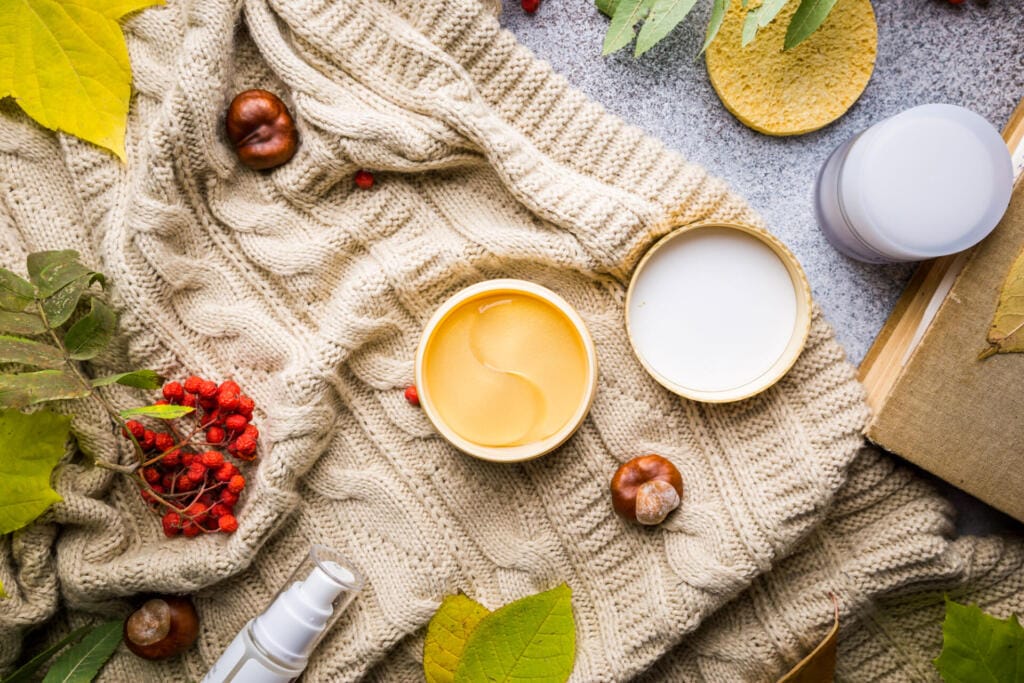
Combatting Indoor Dryness
It’s not just the cold air outside that affects your skin—indoor environments can be just as harsh. Heating systems tend to suck the moisture out of the air, leaving your skin dry and tight. Using a humidifier in your home can help add moisture back into the air and prevent your skin from becoming too dry. Aiming for an indoor humidity level of about 40-60% can make a noticeable difference in how your skin feels.
The Role of Diet in Autumn Skin Health
While your skincare routine plays a huge part in managing autumn skin woes, what you eat can also have a significant impact. During autumn, focusing on foods that are rich in essential fatty acids, vitamins, and antioxidants can give your skin the extra nourishment it needs to stay healthy.
Omega-3s for Moisture Retention
Foods rich in omega-3 fatty acids, like salmon, walnuts, and flaxseeds, can help strengthen your skin’s barrier and improve moisture retention. Omega-3s have anti-inflammatory properties as well, which can be helpful for managing conditions like eczema and rosacea.
Vitamin C for Collagen Production
As the weather cools, your skin’s collagen production tends to slow down. Vitamin C-rich foods like oranges, strawberries, and bell peppers can help boost collagen synthesis, keeping your skin firm and resilient. Plus, vitamin C has powerful antioxidant properties that help protect against environmental stressors like pollution and UV rays.
Hydration from Within
It might seem like an obvious tip, but staying hydrated is essential for healthy skin—especially in autumn. Drinking enough water helps maintain your skin’s elasticity and prevents it from becoming too dry. Herbal teas and water-rich foods like cucumbers and watermelon can also help keep you hydrated throughout the day.
Conclusion? Not Quite
Autumn may bring cooler weather, cozy sweaters, and pumpkin spice lattes, but it also brings challenges for your skin. The dryness, irritation, and sensitivity that often accompany this season can be frustrating, but with the right care, your skin doesn’t have to suffer. By making a few simple adjustments to your skincare routine, protecting your skin from the elements, and nourishing it from within, you can enjoy all the beauty autumn has to offer without worrying about your complexion.
Your skin reflects the care you give it, so as the leaves start to change, be sure to give your skin the extra attention it deserves this season.







